The present seat of the Ethnographic Museum (since October 2004), once a summer residence of the bishops of Wrocław, is located in Traugutta Street.
The palace was erected by Cardinal Philipp Ludwig von Sinzendorf in the grounds of the country estate of the Wrocław bishopric, in the 16th century known as the White Grange (Ger. Weisses Vorverk).
The construction, designed by Christopher Hackner, commenced in 1737 and was completed around the beginning of the Second Silesian War (1744–1745). The palace, with a vast ballroom and four guest rooms, was used as a place of rest and entertainment surrounded by a park and French garden.
The cardinal’s successor, Bishop Philipp Gotthard von Schaffgotsch, initially supported by King Frederick II of Prussia, fell out of royal favour during the Seven Year War (1756–1763) when he sided with Austria and not Prussia, was banished in 1766 and the residence was then nationalized. In the following years it frequently changed owners and designation.
In 1803, acquired by Karl Julius Meyer and Brandon Georg von Sprockhoff, it lost its representative function and the outbuildings, kitchens and gardener’s cottage were used for producing chicory, an ingredient of malt coffee. The French garden was replaced by a drive for carriages.
In 1880 the palace was bought by an industrialist Egmond Websky and rebuilt as a neo-Baroque residential building, called “the Webski villa”, which survived almost unchanged and became the Registry Office in 1907.
The interior burnt down during the last war, the palace was rebuilt during 1962–1965 (architect Jan Gruziński), and was then used as a residence for actors – until 2004 when it became the seat of the Ethnographic Museum.
| Day of the week | Opening hours | ||
|---|---|---|---|
| Tuesday | 10:00 - 16:00 | ||
| Wednesday | 10:00 - 16:00 | ||
| Thursday | 10:00 - 16:00 | ||
| Friday | 10:00 - 16:00 | ||
| Saturday | 10:00 - 16:00 | ||
| Sunday | 10:00 - 18:00 | ||
| Holidays | Opening hours |
|---|---|
| 2025.05.01 (Thursday) | x |
| 2025.05.03 (Saturday) | x |
| 2025.06.19 (Thursday) | x |
| 2025.08.15 (Friday) | x |
| 2025.11.01 (Saturday) | x |
| 2025.11.11 (Tuesday) | x |
| 2025.12.25 (Thursday) | x |
| 2025.12.26 (Friday) | x |
| Tickets | ||
|---|---|---|
| normal | 10.00 PLN | |
| reduced | 8.00 PLN | |
| family | 5.00 PLN | od osoby |
| group | 5.00 PLN | od osoby |
| children free of charge up to the age of 7 |
| Guide | |
|---|---|
| in Polish for a fee | 100.00 PLN |
| in English for a fee | 200.00 PLN |
| in German for a fee | 200.00 PLN |
| when? | name | where? | about what? | for free | for children | |
|---|---|---|---|---|---|---|
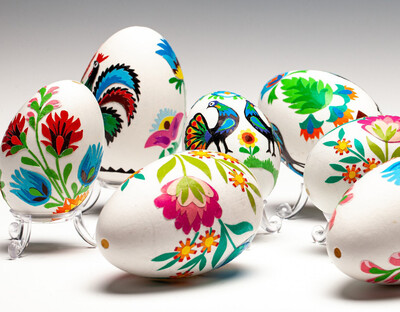 | 2025.03.11-2025.04.27 | Pisanki i palmy wielkanocne Temporary exhibition | Ethnographic Museum ul. R. Traugutta 111-113 50-419 Wrocław Lower Silesian | folk art | yes | |
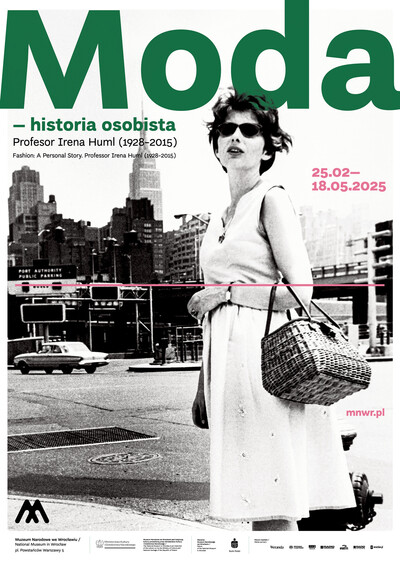 | 2025.02.25-2025.05.18 | Moda. Historia osobista Profesor Irena Huml (1928-2015) Temporary exhibition | The National Museum in Wrocław Pl. Powstańców Warszawy 5 50-153 Wrocław Lower Silesian | design, industrial design, outfits | yes | |
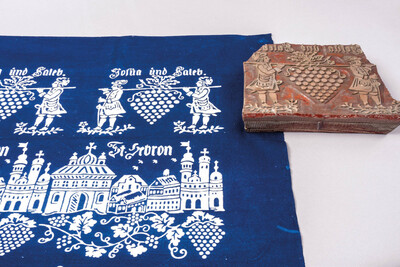 | 2025.05.17-2025.08.17 | Dolny Śląsk pnie się w górę. Rzemiosło i przemysł wzdłuż Śląskiej Kolei Górskiej Temporary exhibition | Ethnographic Museum ul. R. Traugutta 111-113 50-419 Wrocław Lower Silesian | documents, maps, models, railway, utility items | yes | |
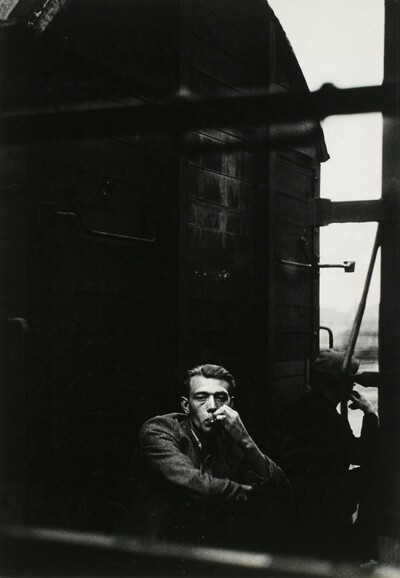 | 2025.04.13-2025.08.24 | FENOMENalny. Beksiński Nowe spojrzenie na twórczość mistrza polskiej fotografii Temporary exhibition | Four Domes Pavilion ul. Wystawowa 1 51-618 Wrocław Lower Silesian | photography | yes | |
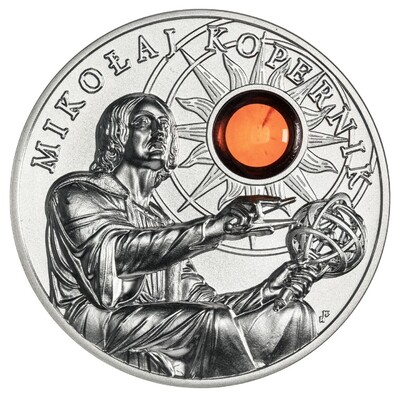 | 2025.03.18-2025.08.31 | Monety i banknoty z daru Narodowego Banku Polskiego Temporary exhibition | The National Museum in Wrocław Pl. Powstańców Warszawy 5 50-153 Wrocław Lower Silesian | numismatic items | yes | |
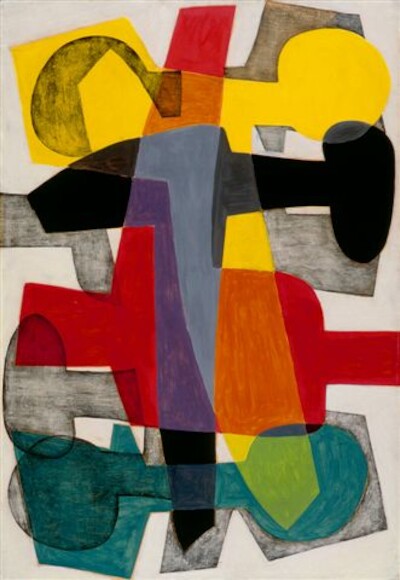 | Collection of Polish art from the second half of the 20th and early 21st century Permanent exhibition | Four Domes Pavilion ul. Wystawowa 1 51-618 Wrocław Lower Silesian | collage, fabrics, installations, modern art, painting, sculpture | yes | ||
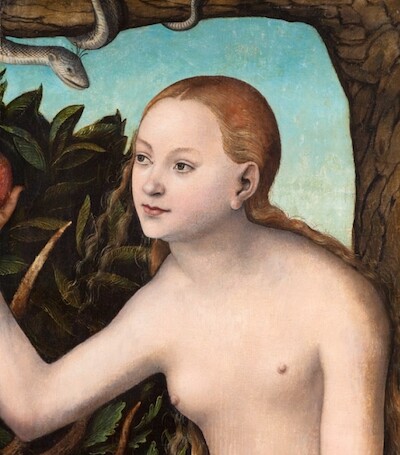 | European Art of the 15th–20th c. Permanent exhibition | The National Museum in Wrocław Pl. Powstańców Warszawy 5 50-153 Wrocław Lower Silesian | painting | yes | ||
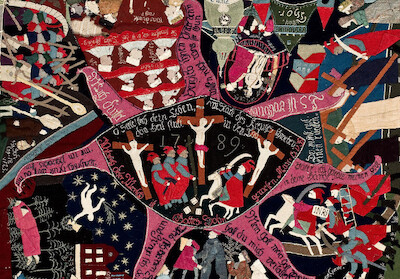 | Miracle-Workers Permanent exhibition | The National Museum in Wrocław Pl. Powstańców Warszawy 5 50-153 Wrocław Lower Silesian | art crafts, collections, fabrics, industrial design, utility items, weapons and militaria | yes | ||
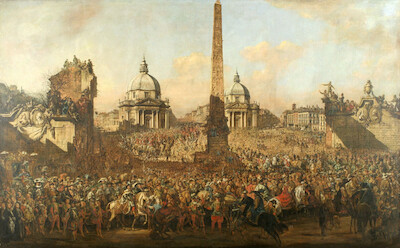 | Polish Art of the 17th–19th c. Permanent exhibition | The National Museum in Wrocław Pl. Powstańców Warszawy 5 50-153 Wrocław Lower Silesian | art crafts, painting, sculpture | yes | ||
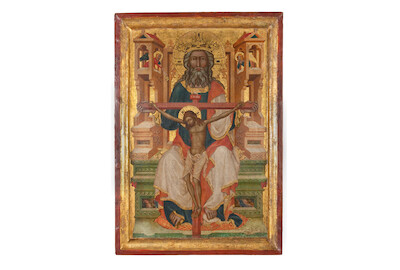 | Silesian Art of the 14th–16th c. Permanent exhibition | The National Museum in Wrocław Pl. Powstańców Warszawy 5 50-153 Wrocław Lower Silesian | art crafts, collections, numismatic items, painting, sculpture, utility items | yes | ||
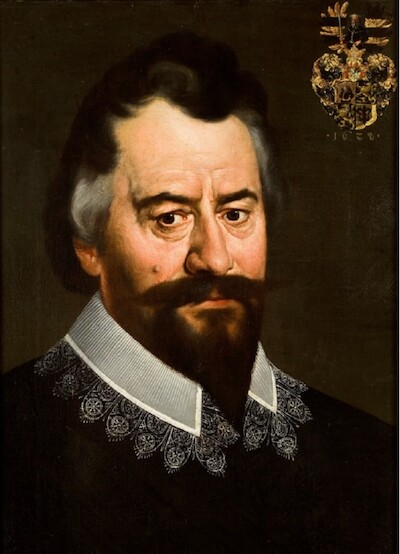 | Silesian Art of the 16th–19th c. Permanent exhibition | The National Museum in Wrocław Pl. Powstańców Warszawy 5 50-153 Wrocław Lower Silesian | art crafts, fabrics, painting, sculpture | yes | ||
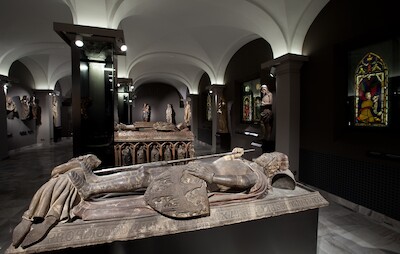 | Silesian Stone Sculpture of the 12th–16th c. Permanent exhibition | The National Museum in Wrocław Pl. Powstańców Warszawy 5 50-153 Wrocław Lower Silesian | architecture, art crafts, region, sculpture | yes | ||
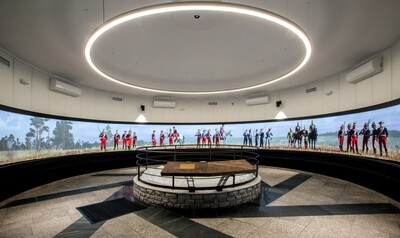 | Panorama Racławicka Permanent exhibition | Panorama of the Battle of Racławice ul. J. E. Purkyniego 11 50-155 Wrocław Lower Silesian | army, independence, painting, war - other conflicts | yes | ||
 | Dolnoślązacy. Pamięć, kultura, tożsamość Permanent exhibition | Ethnographic Museum ul. R. Traugutta 111-113 50-419 Wrocław Lower Silesian | anthropology, art crafts, crafts, devotional articles, ethnography, folk art, history, interiors and everyday life, painting, region, traditional costumes, utility items, village | yes |